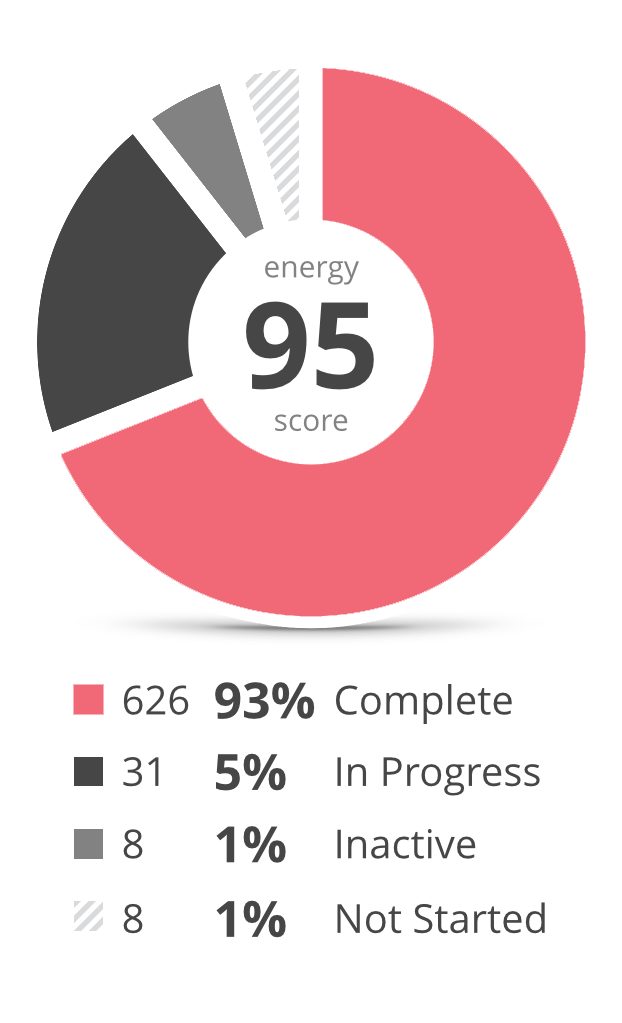What’s the difference between Training and Learning? What impact can a culture of training vs. a culture of learning have on your business?
‘Training’ and ‘learning’ are inextricably linked yet they’re both different aspects of the educational process and yield different outcomes. So let’s break it down:
While training is aimed at teaching the masses how to perform a specific skill or replicate the desired behaviour, learning is a more personal approach to education. The idea of learning in this context is centered around the ongoing development of the individual.
We’ve all heard “Have you done the training?”, “Have you been trained yet?”, “I haven’t been trained.” All of these phrases point towards training having a beginning and an end; but real learning never ends.
What impact does this have on your business?
If you know the difference between the two this allows you to better identify personal development opportunities for different employees. It’s important to remember that personalised learning doesn’t replace more formalised training; they have different aims and satisfy different business needs.
It is enormously beneficial to create a learning pathway for an employee rather than a one-off training event with businesses seeing reductions in staff churn, increase in customer satisfaction and an increase in sales. For example, making use of a retail sales programme that has multiple levels and small courses allows learners to track their progress and achieve a small win often, resulting in better motivation.
How do you measure the success of learning?
Companies who have a strong culture of learning embedded in the business offer more than just box-ticking exercises, and measure more than just completion. They’re interested in how engaged their trainees are in training. Higher engagement equals higher quality of learning.
Learning is about ongoing development and measuring course completions doesn’t give you an accurate snapshot of how engaged your trainee is in what they’re doing. This is why RedSeed calculates an Energy Score for retailer’s which is entirely focused on engagement (i.e. number of trainees; complete, in progress, inactive, not started).

How does high energy increase customer satisfaction?
Energy is ranked on a scale of 0 to 100 with an average high Energy store scoring between 80 and 90.











